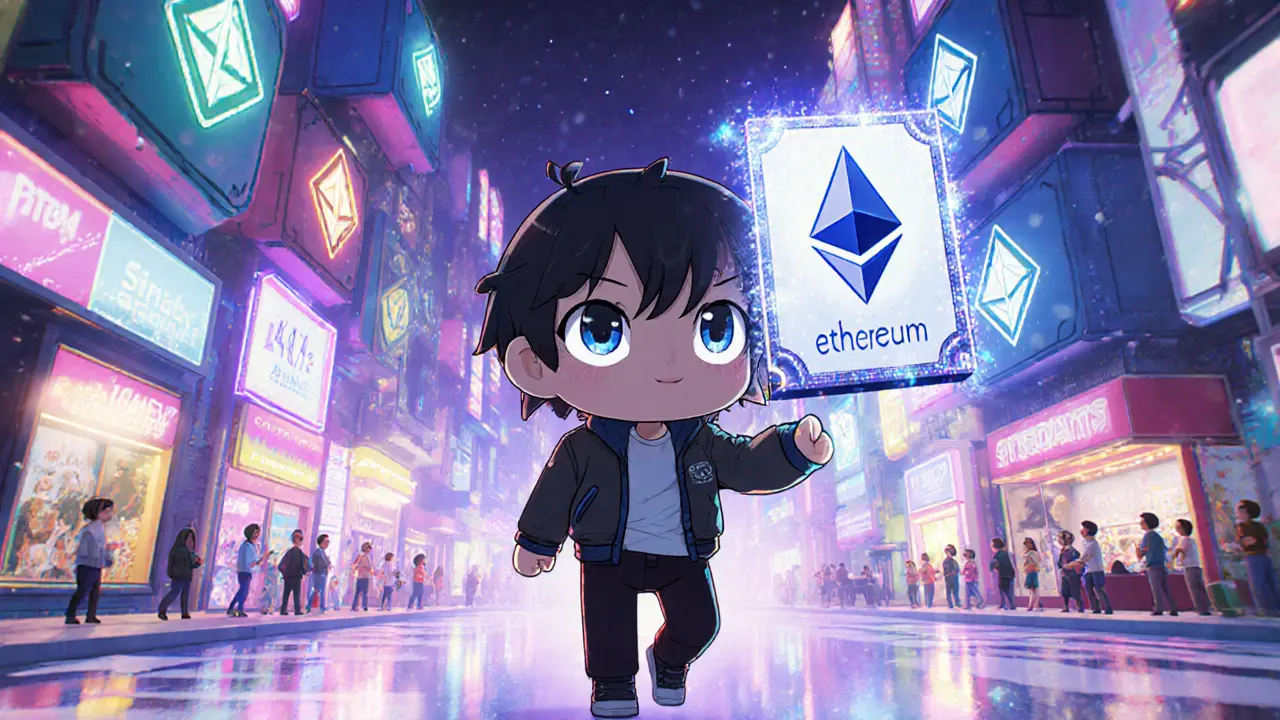NFT Virtual Land: What It Is, How It Works, and Where to Invest
When you hear NFT virtual land, a unique digital asset representing ownership of a plot in a virtual world, often built on blockchain networks like Ethereum or Solana. Also known as virtual real estate, it’s not just pixels—it’s a piece of digital territory you can develop, rent, or resell, just like physical property. Unlike old-school video game skins or items, NFT virtual land is provably yours. No company can delete it, freeze it, or take it back. That’s why people are spending millions on plots in Decentraland, The Sandbox, and other metaverse platforms.
But not all virtual land is the same. The value comes from location, utility, and community. A plot near a popular event space in The Sandbox might sell for 10 times more than one in the middle of nowhere. Some buyers build virtual galleries, clubs, or ads for real brands. Others just hold it, betting the metaverse will grow. Platforms like Sandbox and Decentraland are the biggest names, but newer ones like Somnium Space and Cryptovoxels are also gaining traction. You need a crypto wallet, some ETH or SAND tokens, and a clear idea of what you’re buying for—because once you buy, there’s no refund.
Real-world companies are already using NFT virtual land. Nike bought land in The Sandbox to launch virtual sneakers. Samsung built a store in Decentraland. Even musicians host concerts on these digital plots. This isn’t just a crypto fad—it’s a new kind of economy. But there are risks. Many plots sit empty. Some platforms vanish. Scams pop up faster than you can click "buy." That’s why knowing the difference between a legit project and a shell game matters more than ever.
Below, you’ll find real reviews, deep dives, and warnings about platforms, scams, and hidden costs tied to NFT virtual land. Whether you’re thinking of buying your first plot or just curious how this all works, these posts cut through the hype and show you what’s actually happening on the ground.

